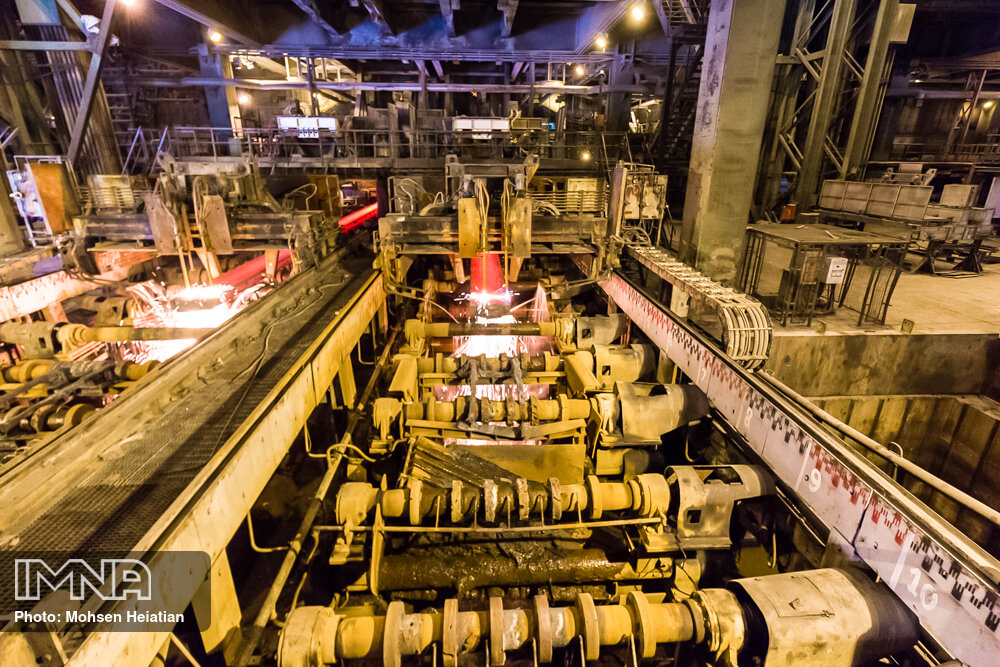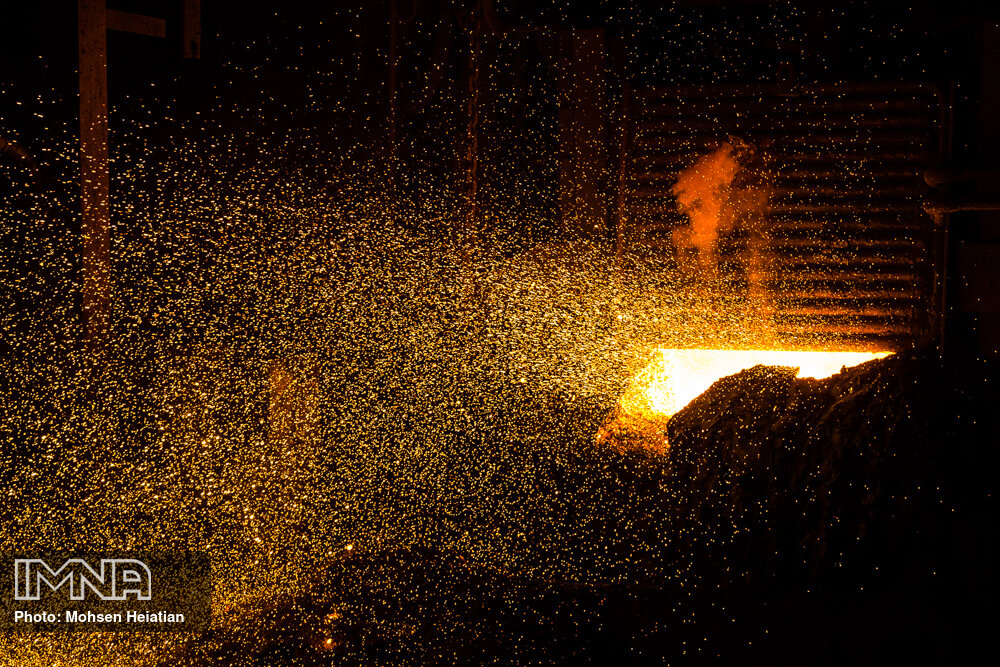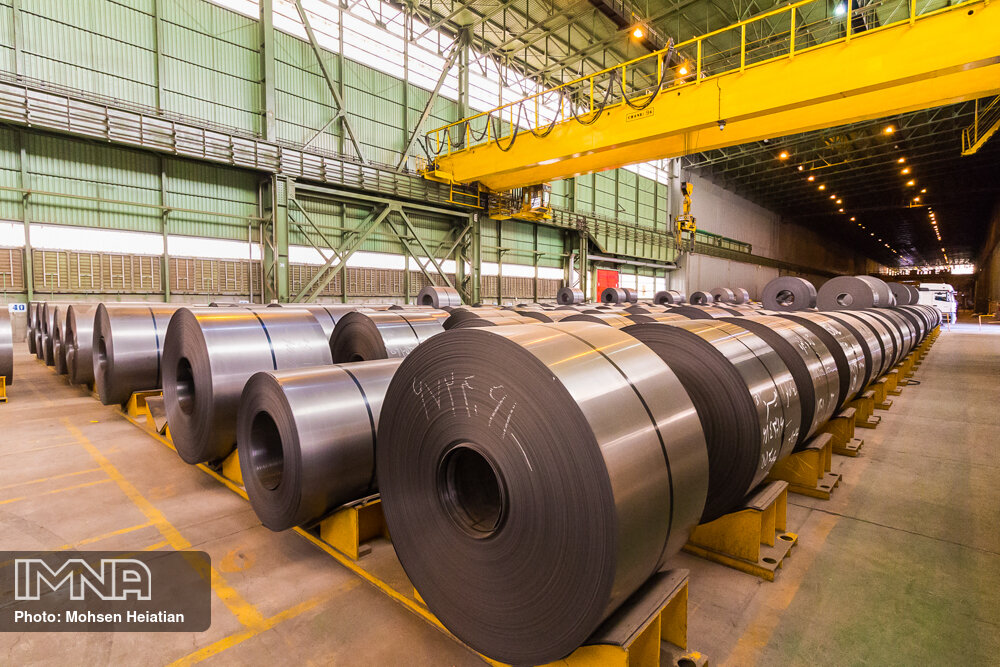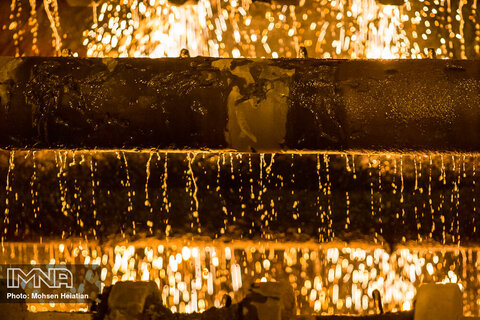Iran (IMNA) - Steel, being the primary material in the production of a wide range of equipment and parts we rely on daily, significantly contributes to job creation from extraction to manufacturing and consumption processes. Various facets of the steel industry, such as mine exploitation, transportation, machinery procurement, project consulting, workforce utilization, and training, collectively contribute to its positive impact on employment opportunities.
Furthermore, the steel industry's influence extends beyond job creation. It plays a significant role in enhancing a country's prosperity and economic advancement. By establishing a strong foothold in global markets and exporting steel, Iran has positioned itself as a prominent player, capitalizing on the numerous advantages offered by the industry, including job creation and recruitment.
Often referred to as the "mother of industries," steel serves as the foundation for economic activities, fostering growth and development. Job creation is just one of the many benefits associated with the steel industry. The production of steel requires a skilled workforce at every stage, ranging from initial extraction to casting, secondary operations, rolling, and eventual consumption and sale.
The steel industry's impact on employment is both direct and indirect. For instance, the Mobarakeh Steel Industries of Isfahan alone boasts a workforce of over 350,000 employees in Iran, showcasing the industry's substantial contribution to job opportunities.
Moreover, the steel industry's presence has facilitated the training of specialists and experts, equipping them with the latest technical knowledge and expertise from around the world. This continuous learning and skill enhancement further enhance the industry's potential for growth and innovation.
In summary, the steel industry in Iran serves as a catalyst for economic growth, job creation, and the development of specialized expertise. Its profound impact on various sectors of the economy underscores its crucial role in driving prosperity and progress in the country.

Iranian Steel Industry Faces Challenges in Global Markets Amid Sanctions and Tariffs
Iran's steel industry, known for its steel exports and global presence, has become a crucial pillar of the country's economy. However, foreign sanctions and trade tariffs are posing significant hurdles to its growth.
With the need to produce diverse quality goods that meet international standards at competitive prices, the steel industry plays a vital role in Iran's economic prosperity and serves as a valuable source of foreign exchange.
In Iran, steel production relies on two traditional methods: direct reduction and electric arc furnace, utilized by key players such as Isfahan Iron Smelter, Ahvaz Steel, Mobarakeh Steel, and a heavy rolling mill. These industries have played a crucial role in bolstering Iran's economy during times of stringent restrictions.

To ensure a sustainable presence of Iranian steel products in global markets, it is essential to exceed expectations and pave the way for their continued success.
Although Iran has the capacity to produce 25 million tonnes of steel annually, foreign sanctions and duties pose significant challenges. European markets, in particular, have imposed trade tariffs on Iranian steel products, creating a hostile environment for exports. Furthermore, the US Treasury has announced sanctions on Mobarakeh Steel Company, one of Iran's largest steel makers.
Despite these obstacles, the construction industry in Iran, which is closely tied to steel production, remains optimistic. The country aims to increase its steel output to 55 million tonnes per year by 2025, with a significant portion earmarked for export.
Industry experts believe that even in the worst-case scenarios, Iran's steel industry will continue to grow, showcasing its resilience and potential for future success.
In addition, it is crucial to note that Iran's economic and industrial progress extends beyond the construction and steel sector. The growth and success of industries like machinery production, mining, shipbuilding, automobile manufacturing, transportation, pipes and profiles, packaging, and other energy-related sectors have played a significant role in the country's economic development.
The price of steel is influenced by various factors, including the exchange rate and supply and demand dynamics. As a result, steel prices have experienced fluctuations and increases.
Considering these factors, the government should prioritize investing in the steel market to promote economic prosperity and strive to enhance per capita steel consumption.



Your Comment